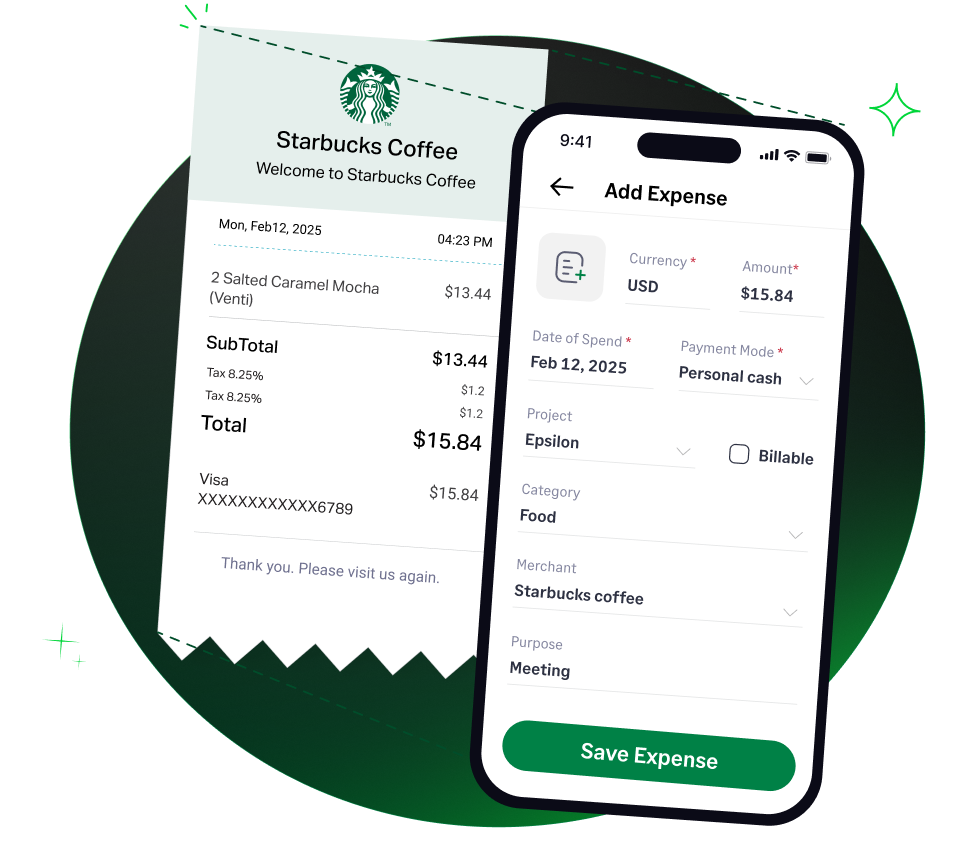 4.6/51670+ reviews
4.6/51670+ reviewsIn today's digital economy, the ability to securely connect with customer bank accounts for verification, payments, and data analysis is essential. Plaid has emerged as a leading financial technology platform that makes these connections possible for countless businesses. While invaluable, the fees associated with Plaid's services can be a point of confusion for accountants and SMB owners:
How should they be categorized for accounting and tax purposes?
Properly classifying Plaid expenses is key to understanding your operational costs, maintaining accurate financial records, and ensuring you are taking the correct tax deductions. This guide will clarify the appropriate expense category for Plaid, the key IRS rules that apply, and the tax implications for your business.
Plaid provides a business-to-business financial technology service. The fees a company pays to use Plaid's API and platform are operational costs. In your accounting system, these expenses are best classified under a category like software and subscriptions or, more broadly, technology expenses. Some businesses might also categorize them under bank fees if Plaid is used primarily for payment processing and verification.
The crucial point is that these are costs for using a service, not for purchasing a tangible asset.
All business expenses must meet certain IRS criteria to be deductible. Here’s how to apply those rules to your Plaid expenses.
To be deductible, an expense must be both ordinary and necessary.
For any fintech, e-commerce, or modern service business that needs to verify customer bank data, process ACH payments, or analyze financial transactions, Plaid's services are a clear example of an ordinary and necessary expense.
The fees you pay to Plaid are for the use of their platform and services. You do not own the underlying technology. Because these costs are for services consumed in your daily operations and do not create a long-term asset, they are currently deductible business expenses.
This is different from purchasing an "off-the-shelf" software license that you own outright. Such a purchase would be a capital expense that must be depreciated over time or expensed under Section 179. Plaid's recurring fees are treated like other operating costs, such as rent or utilities.
If you incurred costs to integrate Plaid before your business officially began its main operations, these expenses may need to be treated as startup costs. The IRS allows you to deduct the first $5,000 of startup costs in your first year, with any remaining amount being amortized (deducted in equal parts) over 180 months.
The following are common examples of costs from Plaid that fall into this expense category:
Fees paid to Plaid for services rendered are fully deductible as an ordinary business expense in the year they are incurred.
To claim a deduction for Plaid expenses, you must maintain clear and accurate records. Your documentation should identify the payee (Plaid), the amount paid, proof of payment, and the date of the expense. The best records for substantiating these costs are:
Keeping up with recurring invoices from technology vendors like Plaid can be a manual and time-consuming process. A missed invoice can lead to inaccurate financial reports and a lost tax deduction. Sage Expense Management is designed to put this entire process on autopilot.
Focus on leveraging technology to grow your business, and let Sage Expense Management automate the expense management behind it.




